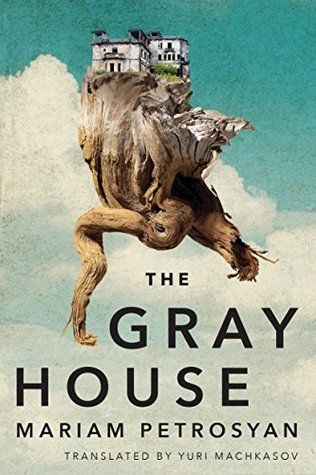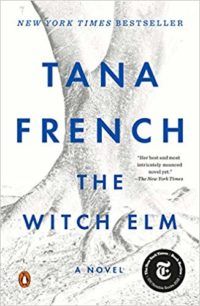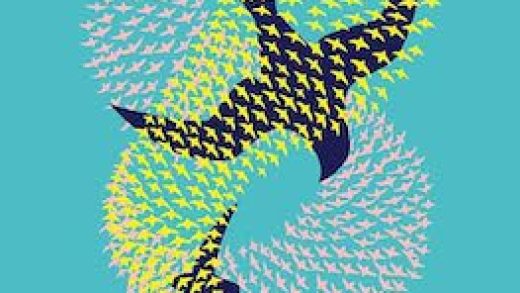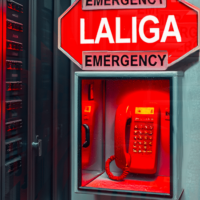Disability is a normal part of the human experience. But you’d never know it from watching Netflix. The Netflix inclusion report is out, and to no one’s surprise, the disability representation statistics are dismal. The report found that “Overall, 2.1% of all speaking characters were shown with a disability.” Only 2% despite the fact that, according to the U.S. Census, 27.2% of people in the United States have a disability. Only 5.3% of film or series leads were shown as having any form of disability. This lack of representation is why millions of us who identify as disabled do not see anyone like us on screen.
Netflix is not alone in omitting disability (both in featuring disabled actors and storylines about disability). The inclusion report references similarly dismal disability representation rates in top-grossing films. At least Netflix is holding themselves accountable by publishing the numbers. And there are some bright spots in the streaming platform’s content (shout out to Special, one of the very few series written by and starring a disabled actor, and the upcoming adaptation of Leigh Bardugo’s Six of Crows, which features one of my favorite disabled characters of all time, in Netflix’s Grishaverse mashup Shadow and Bone. )
One glaring omission to the Netflix report: How many roles featuring disability were given to disabled actors? Like the rest of film and television, the answer is always very few. True representation features people who actually experience disability in front of and behind the camera. And how many of the speaking roles reduced disabled people to stereotype? (Tiny Tim is probably, depressingly, somewhere in that role count).
For more disability representation, here are some books for Netflix to adapt. While these books feature disabled people, a story doesn’t have to be *about* disability to have disabled characters and/or actors. Cast disabled actors in any literary adaptation. (Pride and Prejudice! Bridgerton! Pride and Prejudice and Zombies! Personally, I’d love to see disabled actors in anything with petticoats.) Disability, or lack thereof, doesn’t define characters. Still, stories capturing the experience of disability are important. So, Netflix, here are some suggestions for books with disabled people in lead roles.
We Are Never Meeting in Real Life by Samantha Irby
I picked We Are Never Meeting in Real Life, but any of Irby’s personal essay collections are ripe for adaption. Irby is both hilarious and poignant as she writes frankly about being a Black, queer woman with Crohn’s disease, degenerative arthritis, and depression. Her essays are unflinching explorations of her experience, including living in a disabled body. Plus, she’s already writing for Shrill and the Sex In the City revival, so hiring her to adapt her own work will be a breeze.
The Kiss Quotient by Helen Hoang
In Helen Hoang’s The Kiss Quotient, Stella, a computer programmer on the autism spectrum, decides hiring a handsome escort is the most efficient way to practice sex. She doesn’t anticipate falling for him, but in this sweet and very steamy romance, it’s the logical direction. The novel offers an interesting perspective on dating and navigating disability with a romantic partner. Hoang identifies as on the spectrum and based the book on aspects of her own experience.

Borderline by Mishell Baker
In Mishell Baker’s Borderline, a failed suicide attempt made aspiring filmmaker Millie a double amputee. As she adjusts to her new physical condition and living with borderline personality disorder, she gets involved with the Arcadia Project, a secret organization that polices the flow of creatures to and from a parallel world. When she is tasked with finding one of those creatures, who also happens to be a Hollywood movie star, she must find him before war breaks out between the two worlds. The author, who identifies as having borderline personality disorder, has created a series that incorporates physical disability and mental illness into thrilling fantasy detective work.

The Gray House by Mariam Petrosyan
Please, please, please Netflix, adapt my favorite story of adolescence and disability. Over 700 pages of story unfolds in one building, an institutional “Home” for children with disabilities. The titular House is their entire world, and through the magic of Petrosyan’s craft, the reader comes to feel how diverse, frightening, and magnetic such a world can be. The Gray House features teens both brutal and empathetic. The portrayal of disability, friendship, and adolescent existentialism rang true, even when woven with the fantastic. I haven’t been able to find out more about the author’s own experience of disability, but as a disabled reader, I thought the portrayal of different disabilities was authentic and often kickass.

The Witch Elm by Tana French
I was surprised to find that disability is a central theme in The Witch Elm, a standalone novel by the author of The Dublin Murder Squad. There is murder, of course, but when Toby, a gratingly self-assured guy, sustains a traumatic brain injury, he grapples with what possibly permanent disability means for his privileged sense of self. Tana French is one of my favorites — she creates a tableaux for her characters equal parts dappled sunlight and encroaching darkness. This novel is an atmospheric and meandering exploration of how much we can ever really trust about ourselves.
Source : Dear Netflix, Adapt these Books With Disabled People in Lead Roles














